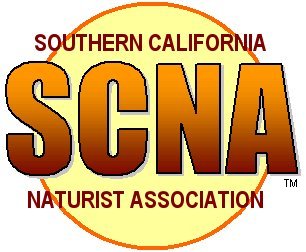The trip to Saline cannot be described with simple directions. Our own Marc W. has travelled there many times and so he gives these extended remarks about how to get there and the experience you need to prepare for in advance.
The complete trip into the Springs takes about 8 hours from Los Angeles. For the heartier traveler, I recommend you start your journey at about 3am so that you can arrive at the Springs while there is still sun enough to make camp (pitching a tent in the dark is the pits!) Plan to go in Spring or Fall when the weather is pleasant. Summer temperatures often reach 110 and in Winter he area frequently gets cut off by snow in the pass.
The main goal in planning for Saline is to pack everything conceivable you may need, and then some, because you will be 40 miles of unpaved road (4 driving hours) from any store. And the is no AAA that far out, so pack extras for the car as well (frankly, I strongly suggest you rent a camper or 4-wheel drive SUV if you do not own one.) and that means snow chains!!
If you look at a map, Saline Valley is located along the Panamint Mountain Range on the way to Death Valley. From LA, take Hwy 14 (from the west) or 15 (from the east) north and meet up with Hwy 395, also headed north up the eastern edge of the Sierra Nevada. You will reach the little town of Olancha in about 4 hours if you drive aggressively. Olancha is basically a restaurant/general store, motel and gas station, between the towns of Mojave and Lone Pine. I think of it as basically just a wide spot on the road. This is the turnoff to Death Valley and Saline Valley. If you are on time, you will reach Olancha around 7am, when the town’s one gas station and restaurant open.
If you are not able to cope with the 3am start, then do what Sonya and I do: drive to Olancha during the previous afternoon and plan to spend the night in its motel. Olancha is a great place to meet up with friends who may be journeying from other parts of Southern California, and this way you can travel the last stretch of road together. You will definitely want to fill your gas tank at Olancha, and pick up any additional needed supplies – like ice! Remember it is just a “wide spot in the road” so don’t expect to shop at a WalMart! We usually pack a large cooler with just ice, plus a little dry ice, as you need to make this last for several days.)
You have just completed the easy part.
It also is prudent to contact park rangers at this point to tell them you are coming and to check weather and road conditions. To get there you will travel through a mountain pass that often has snow – so the chains may be needed even as late as May or early as October when the Valley temperature is 70 or even 80. On one trip, we had rain in the Valley and coming home we almost didn’t make it through the mountains for all the snow.
The road is unpaved and may be pot-holed if it recently rained, or “wash-boarded” if recently repaired (which means you drive at either 20mph or gun it to 60mph – there is no in between, trust me! – to avoid the “bucking bronco” effect.) This explains why it takes four hours to drive the last 40 miles. If the ranger tells you the road is smooth, beware! Your idea of “smooth” and the ranger’s idea of “smooth” may vary! Take your time and enjoy the scenery. I have seen countless blown tires along the side of the road. I have also head many stories about ruptured gas tanks and failed brakes. Once I had to rebuild my truck’s generator while out there (thanks for the help, Lee, the man can fix anything!) because, as stated earlier, there is no AAA and cell phones don’t work either! This is why we always travel as a caravan with friends in several cars and campers.
By this time I have probably you wondering if the trip is worth the worry. For myself, I can guarantee that it is. The rewards once you get to Saline Warm Springs far outweigh the trials and any misgivings you may have getting to such a remote spot.

